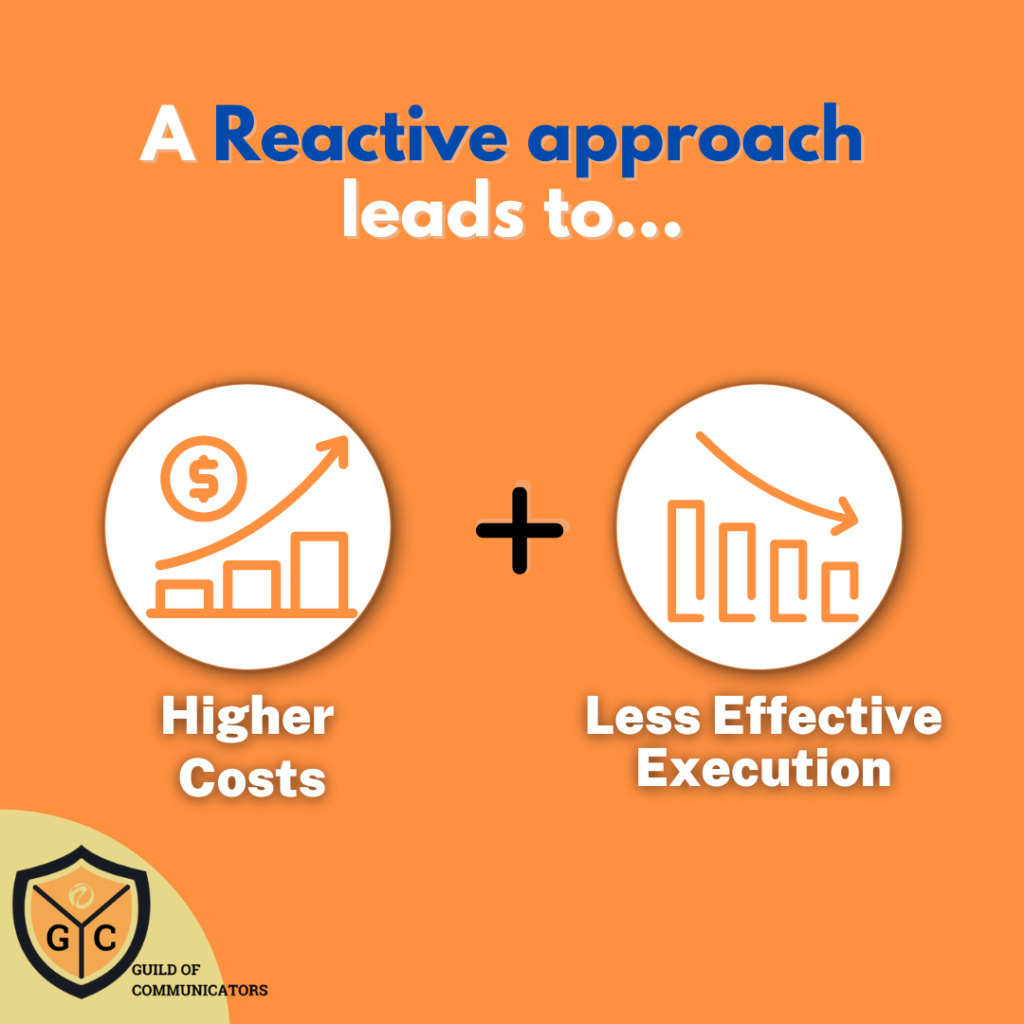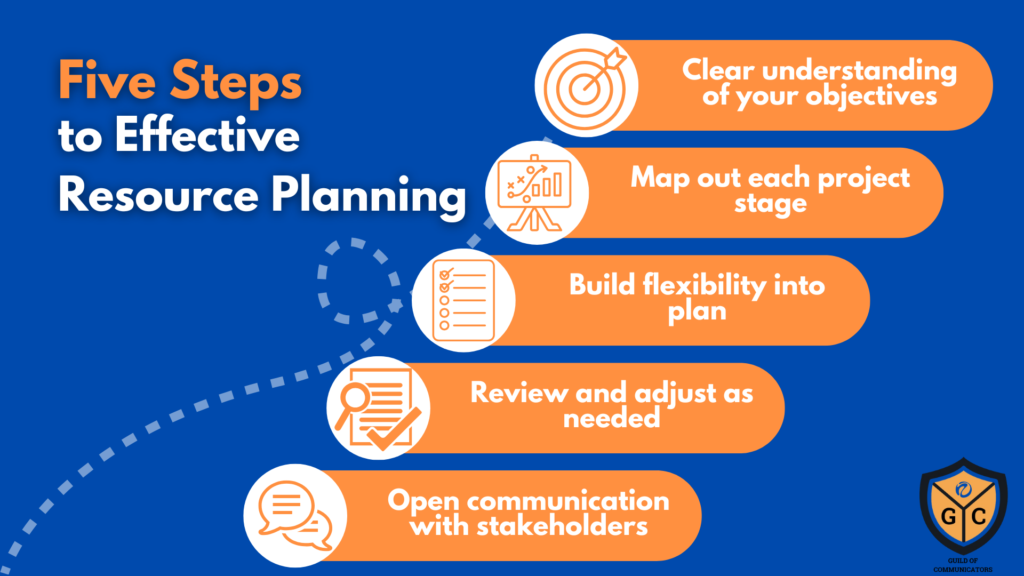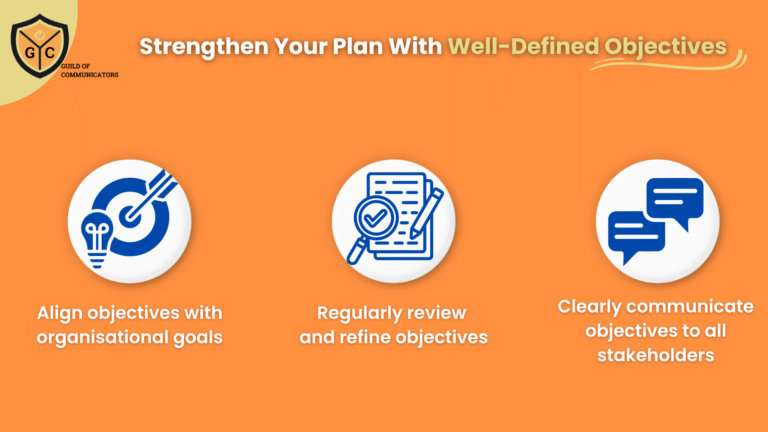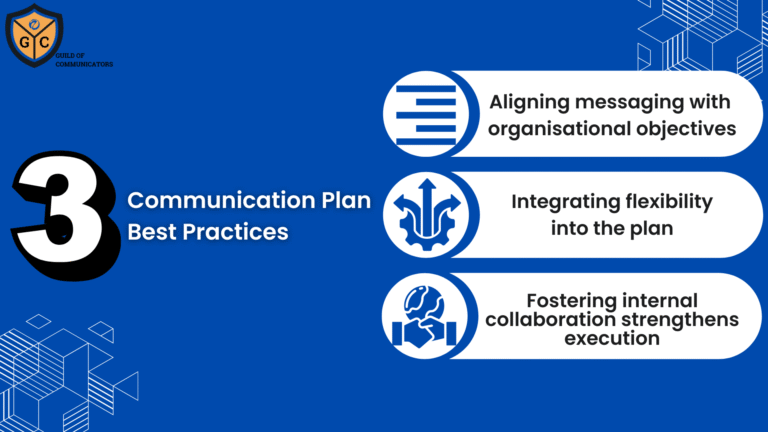Resource planning is a critical foundation for any communication or PR programme.
It encompasses several elements such as budget, manpower, time management, and capacity utilisation for both internal teams and external contractors. Additionally, securing buy-in and credit with stakeholders and decision-makers is equally essential.
As we approach the new calendar/financial year, planning these resources becomes vital to ensure seamless execution of campaigns and programmes. Without a clear strategy in place, communicators risk falling behind in delivering impactful results.
Why Resource Planning Is Key to the Execution of the Master Plan
Resource planning is the backbone of any well-executed master communication plan. Without a clear understanding of what resources are available, it’s nearly impossible to set realistic goals or expectations for a campaign.
Budget determines the reach and scale of initiatives, while manpower and capacity dictate how swiftly and effectively tasks can be completed. Without a proper resource plan in place, even the most well-conceived strategy may fall short due to under-resourced teams or insufficient funding.
In addition to tangible resources, intangible assets like stakeholder support play a significant role. A solid resource plan serves as a roadmap for decision-makers. It clarifies the rationale behind budget requests, staffing needs, and contractor involvement, ensuring stakeholders are aligned and supportive of the execution strategy. This alignment is critical for keeping campaigns on track and achieving the desired outcomes.
Resource planning helps manage expectations. By being realistic about what can be accomplished within the constraints of budget, manpower, and time, communication teams can avoid overcommitting and underdelivering. This transparency builds trust with stakeholders and positions the communicator as a reliable leader.
Building trust and credibility with key decision-makers can smooth the way for approvals, faster responses, and overall support. Without this, even a sufficient budget and staff won’t ensure success if the project stalls in the approval process.

The Consequences of Reactive Planning
When resource planning is sidelined, chaos often follows. Teams may find themselves scrambling to adjust as projects face delays or unexpected roadblocks. This reactive approach leads to last-minute changes, which often result in higher costs and a rushed, less effective execution of the plan.
Budget overruns are common when resource planning isn’t prioritised. Without a clear financial outline, teams can easily exceed what was initially allocated, leading to cuts in other areas or an incomplete project. This lack of foresight puts unnecessary pressure on everyone involved, especially during a time-sensitive campaign.
Poorly planned manpower can result in burnout or underperformance. Team members may feel overwhelmed by unrealistic workloads, which affects morale and the overall quality of the work. Without clear allocation of tasks and time, the entire campaign can suffer due to mismanagement of human resources.
Skipping resource planning erodes stakeholder confidence. When projects are executed haphazardly, decision-makers lose faith in the communicator’s ability to lead, resulting in micromanagement or, worse, sidelining of the communicator from future decision-making processes.
Think Ahead, Plan Ahead
A proactive mindset is essential for successful resource planning. Rather than waiting for issues to arise, effective planners anticipate potential obstacles and take steps to address them early. This mindset not only reduces stress but also increases the likelihood of completing a campaign on time and within budget. Instead of waiting until a resource gap becomes an emergency, teams should anticipate needs early on. By identifying potential constraints ahead of time, they can seek solutions before those constraints hinder progress.
Forward-thinking teams focus on the bigger picture. They understand that investing time in planning now will save time, money, and effort later. By mapping out each phase of the project in advance, they avoid the pitfalls of hasty decision-making and rushed execution, which can damage both the campaign and team morale. This is the benefit of a resource-first mindset. This mindset positions resources as a foundational element rather than an afterthought. By acknowledging resources as a priority of campaign planning, communicators ensure that every decision—from the scope of the campaign to the timelines—is grounded in reality.
Being proactive also allows teams to be flexible. Project timelines may shift, budgets might be adjusted, and team capacities could fluctuate. Plans are rarely static, and being prepared for adjustments makes it easier to adapt without compromising the overall objectives. This mindset helps teams stay focused on delivering results, even when challenges arise.
When teams are clear about their available resources, they can make smarter, more targeted decisions about which opportunities to pursue and which may need to be postponed or scaled back. This not only enhances campaign outcomes but also makes the most of the resources available.
Why Early Planning Feels Difficult
From a psychological perspective, procrastination on resource planning often stems from the daunting nature of the task.
We often defer tasks that seem complex, tedious, or overwhelming, even when they understand the long-term benefits of tackling them early. Resource planning often fits this description—it involves careful forecasting, negotiation, and sometimes difficult decisions about prioritisation.
Additionally, uncertainty can lead to hesitation. When the future is unclear, people may delay decision-making, hoping for more clarity before taking action. However, this often results in last-minute pressure, where planning must be done hastily, and mistakes are more likely to occur.
Additionally, cognitive biases play a role. Optimism bias, for example, leads us to underestimate the challenges we will face later, making us believe we can handle resource gaps as they arise. This misplaced confidence causes teams to push off planning until the constraints become unavoidable.
The pressure of immediate tasks often overrides long-term planning. When teams are focused on day-to-day deliverables, setting aside time to plan resources for future projects feels like a luxury they cannot afford. This reactive approach, however, only compounds issues down the line.
To overcome these challenges, it’s essential to break the task down into smaller, more manageable steps. By approaching resource planning as a series of decisions rather than one massive project, it becomes easier to tackle. This incremental approach reduces the psychological barrier and helps teams take action earlier in the process.

Five Steps to Effective Resource Planning
By prioritising resource planning from the outset, you equip your team with the tools needed to deliver impactful campaigns on time, within budget, and with the full support of stakeholders. Proactive planning not only mitigates risks but also fosters a more agile, confident approach to execution.
To ensure effective resource planning, professionals can adopt a few key practices.
Start with a clear understanding of your objectives. Knowing exactly what you want to achieve will guide your resource allocations and prevent unnecessary overextension. Define your key goals and ensure that all resources are aligned with reaching those outcomes. This clarity helps guide decisions about how to allocate budget, time, and manpower, while ensuring these resources are aligned with the desired outcomes.
Map out each stage of the project and identify when specific resources will be needed. A well-structured timeline helps ensure that everything is in place when it’s required, preventing last-minute shortages or delays.
Build flexibility into your resource plan. While it’s important to set a foundation, there should always be room for adjustment. Campaign needs may shift, or unexpected challenges may arise, and having a flexible plan allows you to adapt without compromising the overall success of the programme.
Review and adjust as needed. Resource planning should be a dynamic process, not a one-off exercise. Regularly review your resource allocation and make adjustments as circumstances change. This ensures that your campaign remains on track, even if new challenges or opportunities arise.
Maintain open communication with stakeholders. Resource planning isn’t a one-time task—it’s a continuous conversation.
As you prepare for the new calendar/financial year, remember: the effort you put into resource planning today will pave the way for smoother, more effective programme delivery tomorrow.
Join the Guild of Communicators at www.gocommunicators.com.
The Guild of Communicators (GoCommunicators) stands as the preferred community for communicators seeking to elevate their craft. Through our Centre of Excellence, we provide best-in-class frameworks, fit-for-purpose resources, and opportunities that support members in achieving professional excellence.
We provide the following resources, tools and opportunities to members:
- Best-in-Class Resources: We provide our members with access to frameworks, playbooks and tools that empower them to achieve and maintain professional excellence.
- Continuous Learning and Growth: Through our comprehensive training programmes, workshops, delivered digitally, 24/7 and in-person, we support the ongoing professional development of communicators.
- A Supportive Network: GOC fosters a vibrant community where communicators can connect, collaborate, and support each other, creating a network that champions mutual growth and success.
- Shared Knowledge and Expertise: Our members benefit from the collective wisdom and experience of a diverse group of communication professionals, enhancing their skills and perspectives.
GoCommunicators is dedicated to amplifying the impact and value that communicators bring to their organisations, highlighting their crucial role in driving success and growth.
We equip our members with the strategies and tools needed to become influential leaders and business partners within their organisations, enhancing their ability to drive positive change and outcomes.
Through our support and resources, communicators can demonstrate clear, measurable outcomes that showcase their value and impact, reinforcing their importance to their organisations.
Join the Guild of Communicators at www.gocommunicators.com
Subscribe to join over 1500+ communicators and brands getting value every Tuesday while reading A Communicator’s Perspective, our weekly newsletter.




